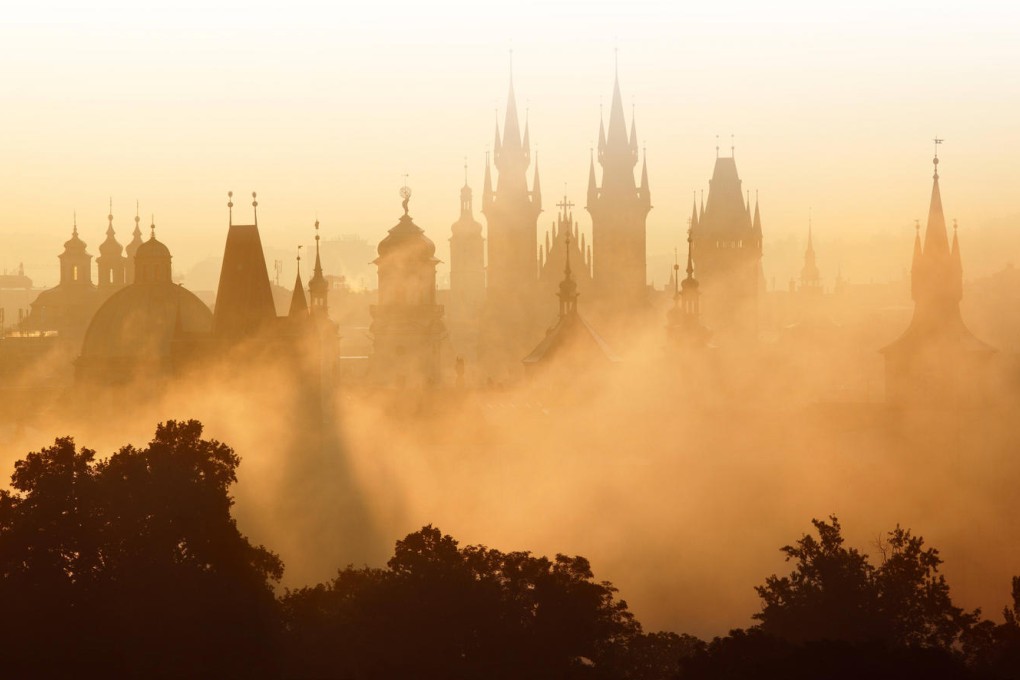Soul searching: Prague
The consequences of an assassination attempt against a senior Nazi in May 1942 still haunt parts of Prague and its surroundings, writes Paul Letters

The Church of Saints Cyril and Methodius may not be included in most city tours of Prague but it is only a hand grenade's throw from Charles Square, the centre of Prague's "New Town" - founded in 1348. (A kilometre upriver is the Old Town, which dates back to the 9th century.) Above ground, the baroque church is one of the Czech capital's many cream-cake facades but below, a moving exhibition is dedicated to the events of May and June 1942.
Following their attack on SS security chief Reinhard Heydrich, Czechoslovak paratroopers Jozef Gabcik and Jan Kubis sought refuge where they may have been least expected to: here in the heart of German Nazi-occupied Prague. The paratroopers entered the church's crypt - now open to the public - from a hidden staircase under the altar. A blacked-out window high in the crypt was all that separated Nazi jackboots on the pavement from the paratroopers' hideout. I have been here before, but only in my mind: it's a setting I've imagined many times while researching my novel.
Their failure to kill German leader Adolf Hitler's likely successor must have weighed heavily on the paratroopers as they tried to sleep in the four-by-four grid of cold stone recesses, built to hold coffins.

At more than 500 metres long and 10 metres wide, and bookended by Gothic towers, this 14th-century bridge was built to hold jousting contests. Centuries later, baroque statues of knights and saints were added to plinths along the bridge's walls. During the warmer months the throng on this pedestrian thoroughfare can make Mong Kok feel uncrowded, but visit early in the morning or late at night and you can enjoy its full splendour unjostled.
A 20-minute walk along the tree-lined riverbank from the Charles Bridge leads to a quiet but steep climb to Letna Park. Magnificent views back over the bridges and spires of Prague follow you up the path and are best seen from inside the rambling hillside venue. Here locals picnic, play frisbee or drink in what may be the world's best beer garden: under a vibrant green canopy, portable kiosks offer inexpensive draft pilsner and a lesser-seen (at least by tourists) view over the mighty river to a beautiful city.